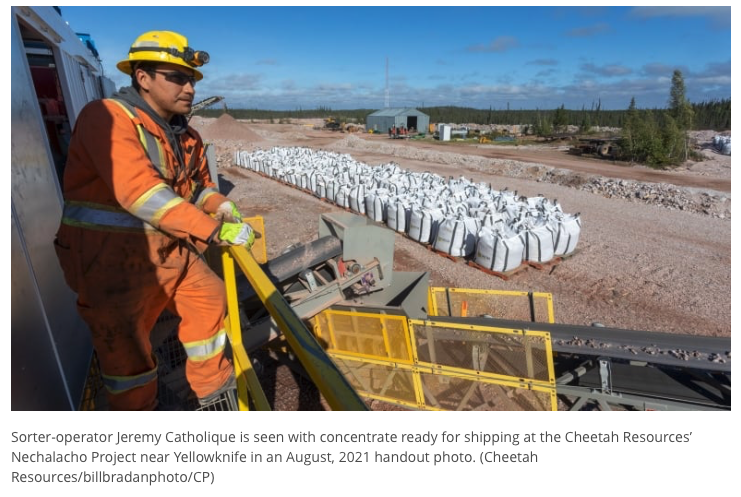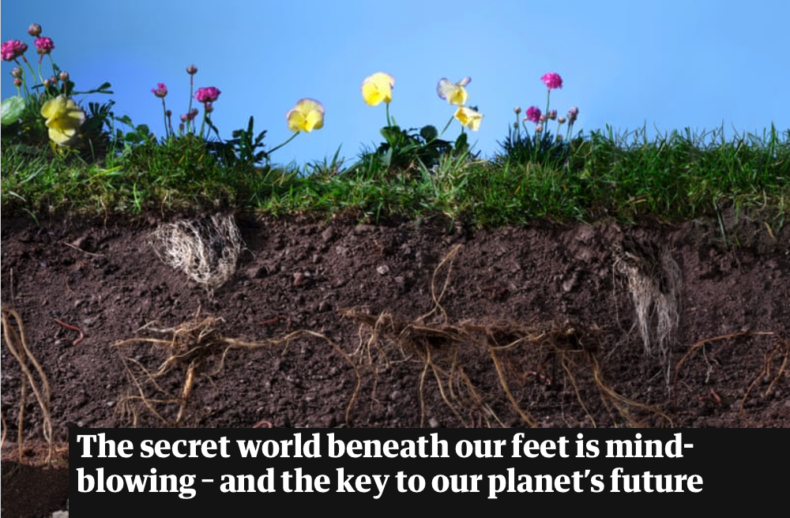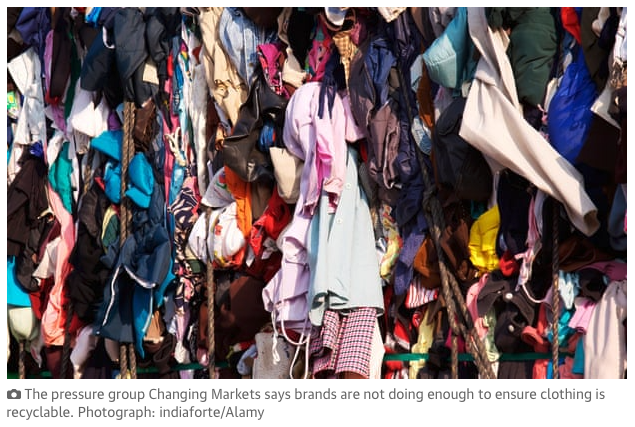While we favor a circular economy without landfilling or WTE/Incineration the nature of society (and consuming) does create waste that cannot be avoided or recycled. In that case waste should first be made inert, toxics destroyed, and materials and energy recovered so that landfilling, the worst option for dealing with waste, can be avoided by all means possible. A circular economy is essential for sustainable development and the continued existence of human society. When landfilled,…

Migration is expected to be used more frequently as an adaptation strategy to climate change. However, climate change is likely to lead to a depletion of resources in some of the most deprived regions, thereby trapping individuals who cannot afford to move. Recent research has examined the effects of future climate change on migration using a variety of models, but the limitations of international mobility for populations with restricted resources are still unknown.

Canada has begun supplying the world with minerals critical to a greener economy with the country’s first rare earth mine delivering concentrated ore.
“Canada and its allies are gaining independence from the rare earth supply chain from China,” said David Connelly of Cheetah Resources, which owns the Nechalacho Mine southeast of Yellowknife.
Rare earths are a series of exotically named elements such as ytterbium, lanthanum and gadolinium. They are crucial to computers, LED displays, wind turbines, electric cars and many other products essential to a low-carbon world.

Beneath our feet is an ecosystem so astonishing that it tests the limits of our imagination. It’s as diverse as a rainforest or a coral reef. We depend on it for 99% of our food, yet we scarcely know it. Soil.
…
We face what could be the greatest predicament humankind has ever encountered: feeding the world without devouring the planet. Already, farming is the world’s greatest cause of habitat destruction, the greatest cause of the global loss of wildlife and the greatest cause of the global extinction crisis. It’s responsible for about 80% of the deforestation that’s happened this century. Of 28,000 species known to be at imminent risk of extinction, 24,000 are threatened by farming. Only 29% of the weight of birds on Earth consists of wild species: the rest is poultry. Just 4% of the world’s mammals, by weight, are wild; humans account for 36%, and livestock for the remaining 60%.
Unless something changes, all this is likely to get worse – much worse. In principle, there is plenty of food, even for a rising population. But roughly half the calories farmers grow are now fed to livestock, and the demand for animal products is rising fast. Without a radical change in the way we eat, by 2050 the world will need to grow around 50% more grain. How could we do it without wiping out much of the rest of life on Earth?

Fashion brands that make misleading claims about their environmental credentials face a crackdown by the competition watchdog as it targets greenwashing.
Brands could be forced to change the way they advertise or face court action if they are found to have breached consumer protection law with spurious environmental claims.
The Competition and Markets Authority (CMA) is understood to have prioritised fashion because of the size of the market and the scale of consumer concerns. Other sectors, including transport, food and drink, and beauty are also expected to be investigated over their environmental claims.
Cecilia Parker Aranha, the CMA’s director of consumer protection, said: “People are becoming increasingly aware of the negative impact that fashion can have on our planet. We know many shoppers are actively looking for brands which are doing good things for the environment – and we want to make sure the claims they see are stacking up.
